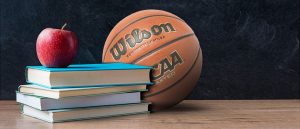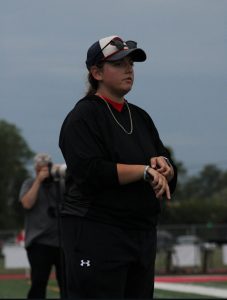By Brittany Sa
“I am in control,” senior Theodore Wagner said to himself during the math section of the SATs. Mathematics to him is second nature, and his perfect 800 validated that point during the Mathematics portion of the SAT.
Every year, an average 500 students achieve a perfect score on the SAT, according to prepscholar.com. “The strategy that was preached to me by my prep teachers was to omit a question if I did not know it,” Wagner explained, knowing that a skipped question wouldn’t count against him. “However, I am [proud] and believe that I can get everything right.”
Typically, to get an 800, a test taker cannot get any questions wrong, nor skip any questions to achieve a raw score of 58. Ideally, students should aim to answer all the questions correctly while not skipping any questions. Though it is not an easy feat, it is possible.
Sometimes, all that’s needed is a second chance. Wagner scored a composite 2020 on his first attempt, but achieved a perfect mathematical score and a 2160 composite during his second time. It was his personal goal to break the 2100 threshold.
Wagner, who is ranked number one in his graduating class, prepared for the test throughout his academic career at Woodbridge High School. Not only did he push himself in numerous AP classes, but he also attended last year’s Block Zero SAT Math Prep class.
Mr. Bunch, who taught last year’s Block Zero SAT Math Prep class, has three steps to success: aptitude, knowledge, and preparation. Aptitude, the natural ability to learn, is something Wagner has a great amount of, and he took advantage of the knowledge given to him to succeed. Although the three steps are helpful, Wagner said, “The real key is to not worry, [and] have a clear mind in order to maximize your capability to do well.”
The preparation helped him avoid stressing over the test, which paid dividends during the math portion of the SAT. “When worrying about it, you’re distracted by it, so you cannot focus entirely on it,” he said. “When you don’t worry, you have all that mental capacity to focus.”
























